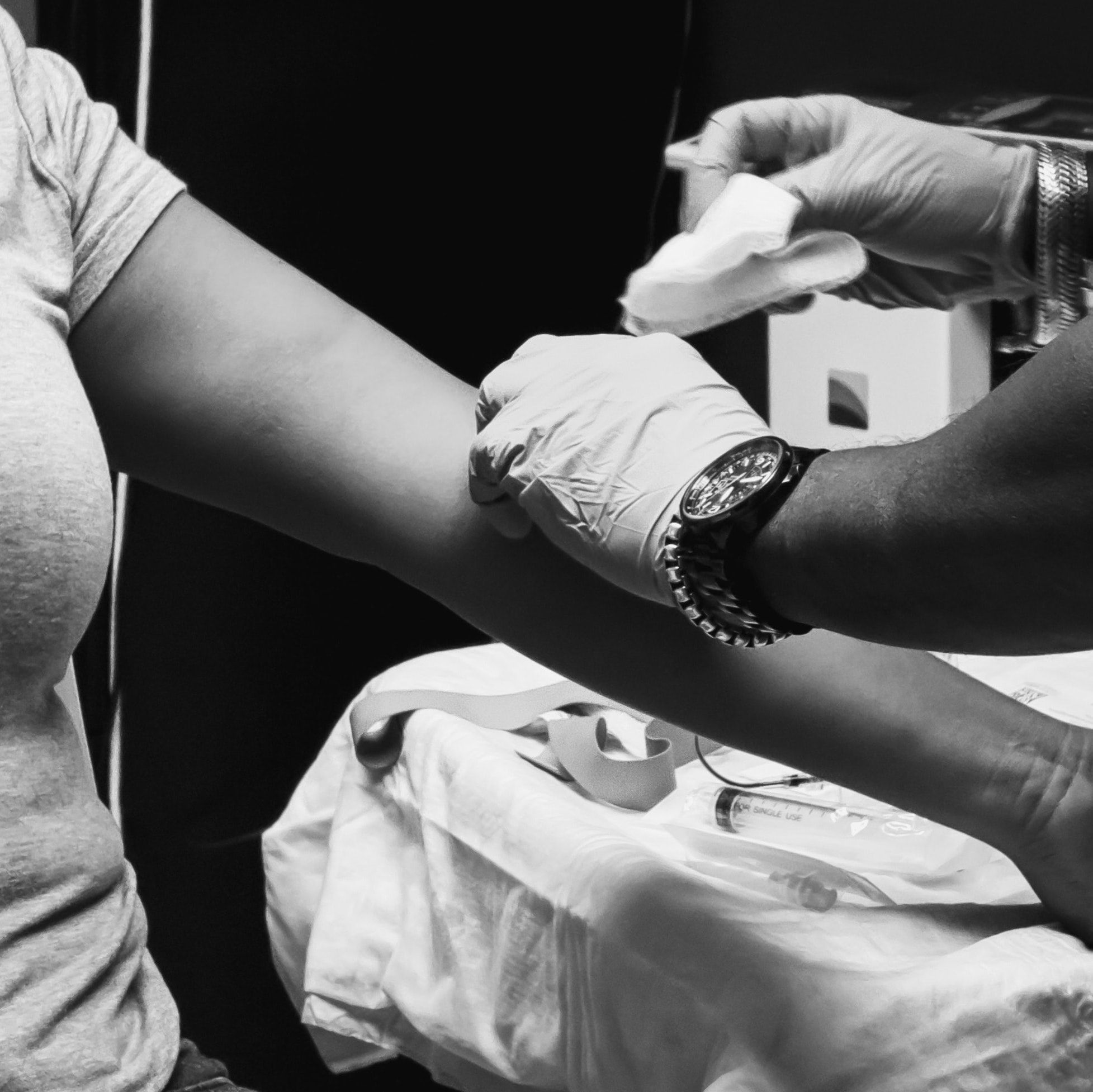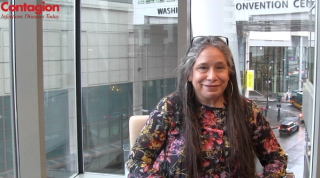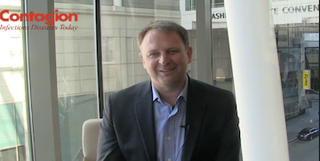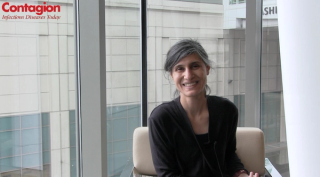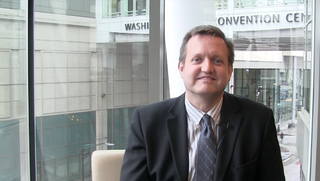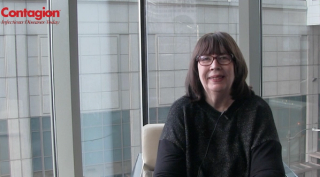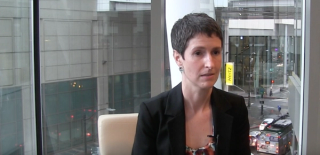
PrEP
Latest News
Latest Videos

CME Content
More News
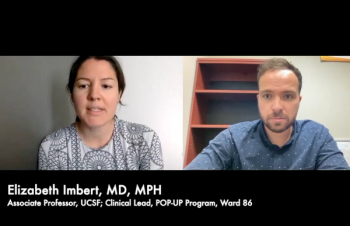
Perspective gained from persons treated a real-world clinic may help better inform strategies to treat an HIV population that often struggles with viral suppression and consistent care.
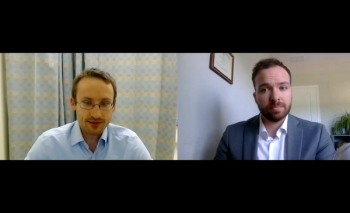
A new study from IAS 2021 suggests persons with HIV hospitalized for COVID-19 do not face worse mortality nor major cardiovascular event risk.

Results from the study highlight the importance of PrEP education in clinical settings.

As younger generations come of age, there is a continuous need to inform them about HIV risks, offer insights about prevention strategies, and understand the challenges for people living with HIV (PLWH).

PrEP use is estimated to prevent >90% of infections in men who have sex with men and 70% of infections in people who inject drugs.
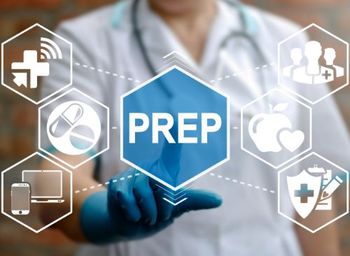
A new Australian study shows the infection rate was 1.61 cases per 1000 people per year over a 3 year study period in participants with access to the therapy.
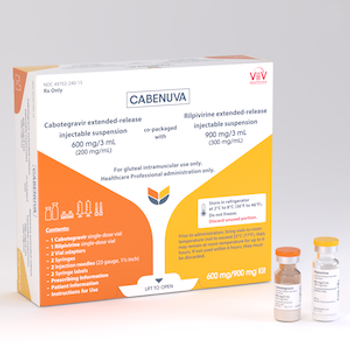
More treatment options and modalities are now available for patients.
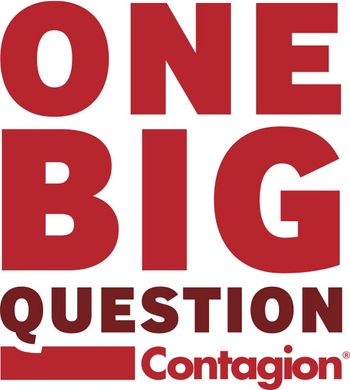
This is our inaugural segment for our new video series, 1 Big Question, where we ask the medical community a question about a significant infectious disease topic and get feedback from them.

Dapivrine (DPV) was studied in 1-month and 3-month durations.

Rising costs from 2014-2018 may have hindered PrEP expansion, according to a recent retrospective study.
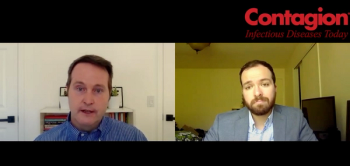
Why it's critical for the future of HIV prevention for programs like the California PrEP-AP to reach younger at-risk persons now.
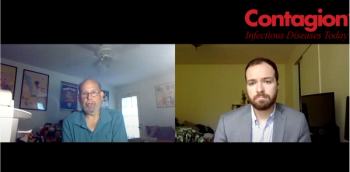
How a sexually-transmitted virus is hindered by limited marketing, and how its stigmas compare to those developing around COVID-19.
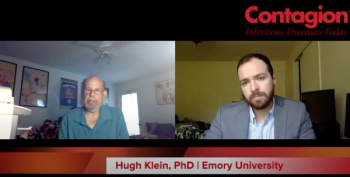
Why men who have sex with men face social hurdles in seeking PrEP and preventive education.
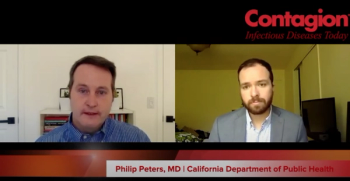
How regional-based data and advancing preventive options could bolster individual HIV-risk care access.
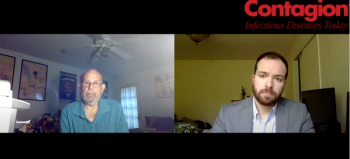
A study looking at PrEP population obstacles shows men who have sex with men are more likely to not seek out information nor access to prophylaxis.
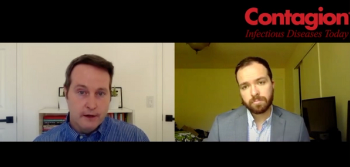
A discussion around new data presented at AIDS 2020 which shows statewide strategies are breaking down barriers.

In a large study, an examination of patterns of use.
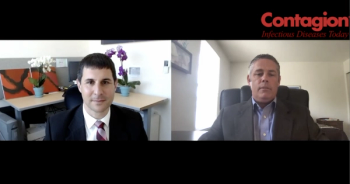
Uncovering interesting findings regarding patients' PrEP regimen.

Investigators compared characteristics and retention between daily and event-driven PrEP patients to better understand low uptake of event-driven PrEP.

The California PrEP Assistance Program, established to remove financial and structural barriers to PrEP access, had positive but uneven initial results.

Interim analysis shows a long-acting injectable was associated with fewer HIV infections than daily oral PrEP in a diverse population of HIV-risk participants.
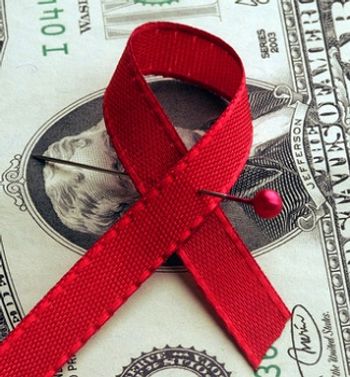
Regional disparity in prior authorization requirement for insurance coverage of Pre-exposure prophylaxis (PrEP) for HIV could be discriminatory.

Conversations about PrEP with a clinician are the least common among adolescents with the greatest risk for HIV.
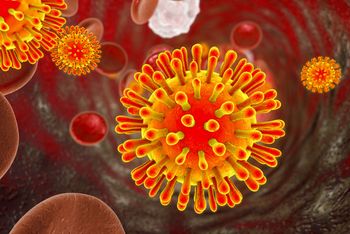
HIV training pathways in residency have added 90 HIV physicians to the workforce since 2006.

Funded jurisdictions scramble to meet daunting deadlines yet maintain optimism that the new federal initiative can end flat funding and catalyze progress.




